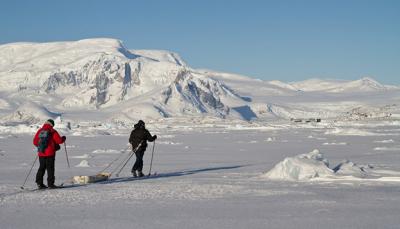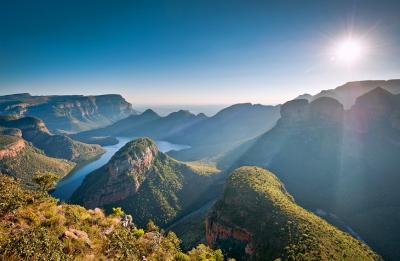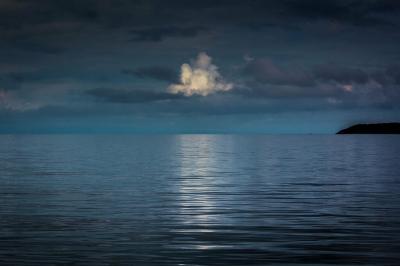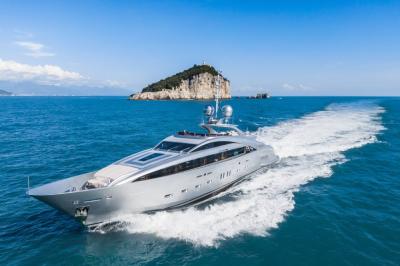Welcome to France
France, even beyond Paris, offers a shopping mecca with many outstanding department stores – usually a Galeries Lafayette – as well as several independent shops that are perfect for what the French describe as window “licking” (window shopping).
In particular, shoppers have a large variety of food choices as well-stocked supermarkets are plentiful; hypermarchés (large and diverse stores) are often found on the outskirts of most towns. Auchan, Carrefour, Leclerc and Casino are some of the best-known of these chains. Markets are usually held weekly in every town and are worth to be visited. They are mostly morning markets where local producers sell speciality goods like honey, cheese and alcohol in a vibrant scene. High quality vegetables, meat and fish are also commonly sold at these markets while pastries, cakes and even snacks and sandwiches on occasion are available at patisseries.
Most regional specialities are food items. Normandy is known for its calvados, the south is renowned for its pastis, and if you’re heading to Brittany make sure to get some of the local cider. For excellent olive oil and expensive truffles, head to Provence and the Dordogne respectively. Regardless of where you travel, each region has at least a regional cheese. A range of wines are produced in regions across the country with Cognac and the Champagne region being the must-go destinations for wine.
For shoppers, make sure to look for lace in the north, pottery in Brittany and ceramics in Limoges. Lorraine in the northeast is reputed for its crystal while perfume is best bought in Provence – particularly the town of Grasse on the Côte d’Azur. For non-EU residents, you can claim back VAT on purchases exceeding €175 by having the shop fill out the necessary paperwork that you will need to present at customs when you exit the country.
With 180,000km of connected footpaths, known as GRs, France is great for walking and climbing. The paths are all clearly sign-posted and offer campsites and hostels along the route. The GR5, that is from the coast of Holland to Nice, the trans-Pyrenean GR10 and the incredible GR20 in Corsica are true marathons. If you’re planning a trip in the summer, however, be advised that many routes in the south may be closed because of an increased risk of forest fires.
Information about the routes and walking/hiking paths is available at the tourist offices in the areas. However, the GRs and many of the PRs are detailed in the Topo-guide series, which is available from bookstores and tourist offices in France or directly from the FédérationFrançaise de la RandonnéePédestre, the main French walkers’ association. Outside of France, it is available in good travel bookshops.
For mountain climbers, there are many routes available. Be advised, however, that you will need the specialized equipment for some of the higher routes or you may be snowbound until late in the year. Don’t attempt these routes without the experience of a local guide who knows the route well. Moutain refuges are the most common form of accommodation for most routes.
It is essential to have the necessary footwear, waterproofs, map, compass and water before setting out. Ensure you have enough water or check where it is possible to re-fill your water bottle on the route. Also, remember your sunblock, sunglasses and hat – even in winter.
For rock climbing, head to the lower areas, and especially the limestone cliffs, in the west and the south of the country. Similarly, you’ll easily find a variety of walking holiday packages advertised by the numerous tour operators as they are popular in France.
Cycling is favourite in France, as well as in many other European countries. There are approximately 60,000km of cycle paths across the country, that have been well-marked. Burgundy in particular is well-established with 800km of biking routes. One of the routes that you can follow is the Loire à Vélo cycle route, which runs the length of the Loire Valley from Nevers to St. Nazaire. Since many towns and cities have established bike lanes and the amount of specially established long-distance routes is grown, a lot of tour operators are now specialized in organizing cycle vacations throughout France.
Whether you’re looking for downhill, cross-country or mountaineering, skiing and snowboarding are among the main tourist attractions. Visitors are encouraged to purchase deals through package operators instead of making independent arrangements – these are usually the best deals anyway. Most agents sell comprehensive packages or you can arrange these in France. February to March is the peak season but, from early November to the end of April, it’s possible to ski at high altitudes.
The Alps offer the best skiing and snowboarding. Typically, seasons are longer in higher resorts. However, the foothills of the Alps might be less reliable with snow because skiing is offered on a much smaller scale here. A friendlier mountain range is the Pyrenees. However, the range is less developed; this can be a disadvantage if you’re looking for a range of runs, and the season is shorter due to the warmer weather.
Lately, cross-country skiing is being actively promoted – particularly in Jura and Massif Central, which are smaller ranges. Don’t mistake it being less strenuous on the joints or less athletic than other ranges though. For advanced skiers who are fit and looking to discover less commercialized villages, the snowbound GR routes are a good way to get around.
Adventure sport enthusiasts can enjoy hang-gliding and paragliding, that are favourites in the Pyrenees, Corsica and the Hautes-Alpes of Provence. Caving is another favourite and mostly done in the southwest of the country, in the gorges and ravines of the Alps, the Massif Central and the Pyrenees. Make arrangements through local clubs for beginner, half- and full-day excursions. As always, have good insurance coverage before doing more risky sports like these adventure activities.
Horseback is a fantastic way to travel across the countryside. Camargue, in the Rhône Delta, is the best known and most romantic area for riding, but most towns have equestrian centres that offer guided and independent riding. Mule- and donkey-trekking – particularly in the Alps and the Pyrenees – is another favourite for visitors.
For watersports, France has well-developed and lengthy coastlines, especially in the southern regions, that are perfect for water activities. On the Mediterranean Coast, every possible beach activity – from boating and diving to sea-fishing– is available in the resorts and towns.The prices are high and the areas can be crowded but the crystalline waters. The saltwater inlets are typical for the windy western Mediterranean and perfect for windsurfers while the sailing is good on the Atlantic coast – especially around Brittany. Biarritz offers the best surfingconditions and there are numerous international competitions held further north in Anglet, Hossegor and Lacanau. For divers, Corsica and the Côte d’Azur have many World War II period wrecks to explore.
Swimming pools can be found in most towns but the outdoor pools are generally opened during the hottest periods of summer. You may be required to wear a swimming cap at some pools and men are often asked to wear trunks. Swimming in rivers is only allowed in some locations, which are usually marked with signs, but France has many real and man-made lakes.Many lakes also have leisure centres where you can rent windsurfers, pedaloes and dinghies or, on larger lakes, bigger boats and jet-skis.
Another popular activity across the country is canoeing. If a stretch of river is navigable, it probably has an operator renting out boats and organizing tours. In the southwest, the Dordogne, Vézère, Lot and Tarn rivers offer great variety for this activity. Similarly, canal-boating is popular – particularly in the Loire and Burgundy.

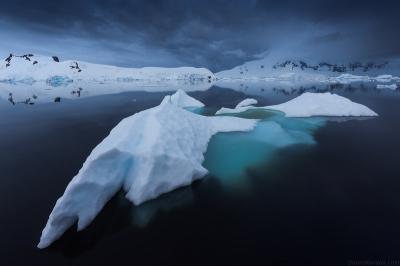
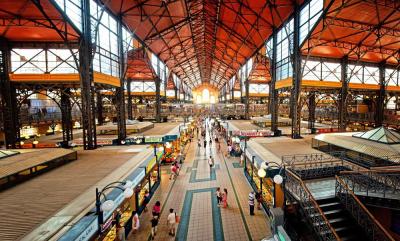
.jpg)
